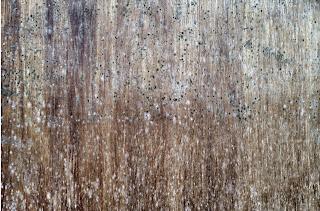Vinyl floors and altro safety floors are sound choices in certain domestic and commercial settings and, depending on the intended use, should provide a low maintenance surface which possesses a variety of good qualities. One of the main features of vinyl floors is that they are impermeable, which makes them perfect for areas where spillages are likely such as bathrooms and kitchens. Other qualities they possess are that they are available in a vast range of designs and colours and that it is an extremely easy floor to install.
There is a wide range in quality, perhaps more so than with other types of hard floor and as with many things in life - you get what you pay for. Cheap vinyl will be flimsy, will tear and scratch easily and will generally not last very long. The other extreme will be something like altro safety flooring which will be highly durable and able to withstand a lot of traffic and abuse and will, for this reason, be more commonly found in commercial settings. The type of floor you go for will depend on the location and what you need from the floor. In general a good quality vinyl floor will possess a good finish, will be easy to look after and will last - if cared for correctly.
Vinyl will need, like any other floor, to be looked after and maintained if you wish to keep it looking good - it is, in general, durable and resilient but that does not mean it is mark and scratch resistant. If it is not correctly maintained it may not be possible to clean it to a satisfactory finish and a vinyl floor cleaning specialist may need to be contacted.
Many factors can cause damage to vinyl and the most common are the corners of furniture or heavy objects, chair legs and dirt and grit walked into the area on the soles of shoes. While vinyl is a 'wipe clean' surface and most spillages or dirt can be removed by mopping or wiping, this will not work when the floor is marked or scratched and stains or bacteria become ingrained in the aforementioned marks. It is vitally important therefore to make sure the floor is protected as much as possible - place doormats at entrances, sweep and vacuum regularly, take care when moving heavy objects and apply padded tips to the corners of furniture and chair legs.
If your floor does get marked, you may need to contact a professional vinyl floor cleaning [http://www.001streamline.co.uk/] company which will be able to take advantage of modern technology such as heat and pressure cleaning and emulsification as well as the effective capture of waste and slurry in order to leave the floor looking like new. The application of a sealant is an alternative but this will often cause the vinyl to become slippery and may not be advisable in all cases.
Article Source: http://EzineArticles.com/5432748


















